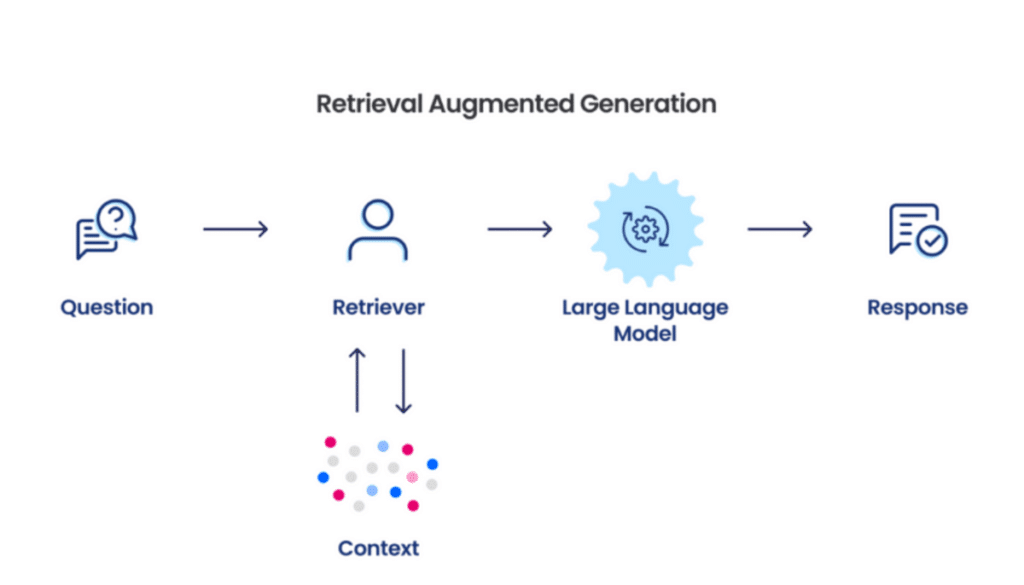Maintaining standards in a growing codebase with multiple developers can be challenging. Ensuring adherence to best practices and standards is crucial for any project but can be time-consuming and error-prone when done manually through code reviews. Architecture testing offers a solution by automatically enforcing code standards like naming conventions, method usage, and directory structure. In this article, we will explore what architecture testing is and the benefits of using it for Laravel applications with the Pest PHP testing framework.
Pest is an open-source PHP testing framework based on PHPUnit, with features similar to Jest and RSpec. It provides a fluent syntax for writing tests, making them easy to read and understand. By leveraging Pest, developers can enforce code standards, run tests in parallel, use snapshot testing, profile tests for performance, enable watch mode for automatic test reruns, and measure code coverage.
Architecture testing focuses on testing the structure of an application to ensure consistency and adherence to standards. By writing tests that enforce standards automatically, developers can reduce code review time and improve code quality and consistency. For example, an architecture test can verify that all interfaces exist within a designated namespace.
By incorporating architecture testing into the development workflow, developers can catch architectural issues early, speeding up the development process and ensuring code quality. Enforcing standards and consistency from the outset can enhance collaboration and maintain a cohesive codebase across multiple developers.
Source link























